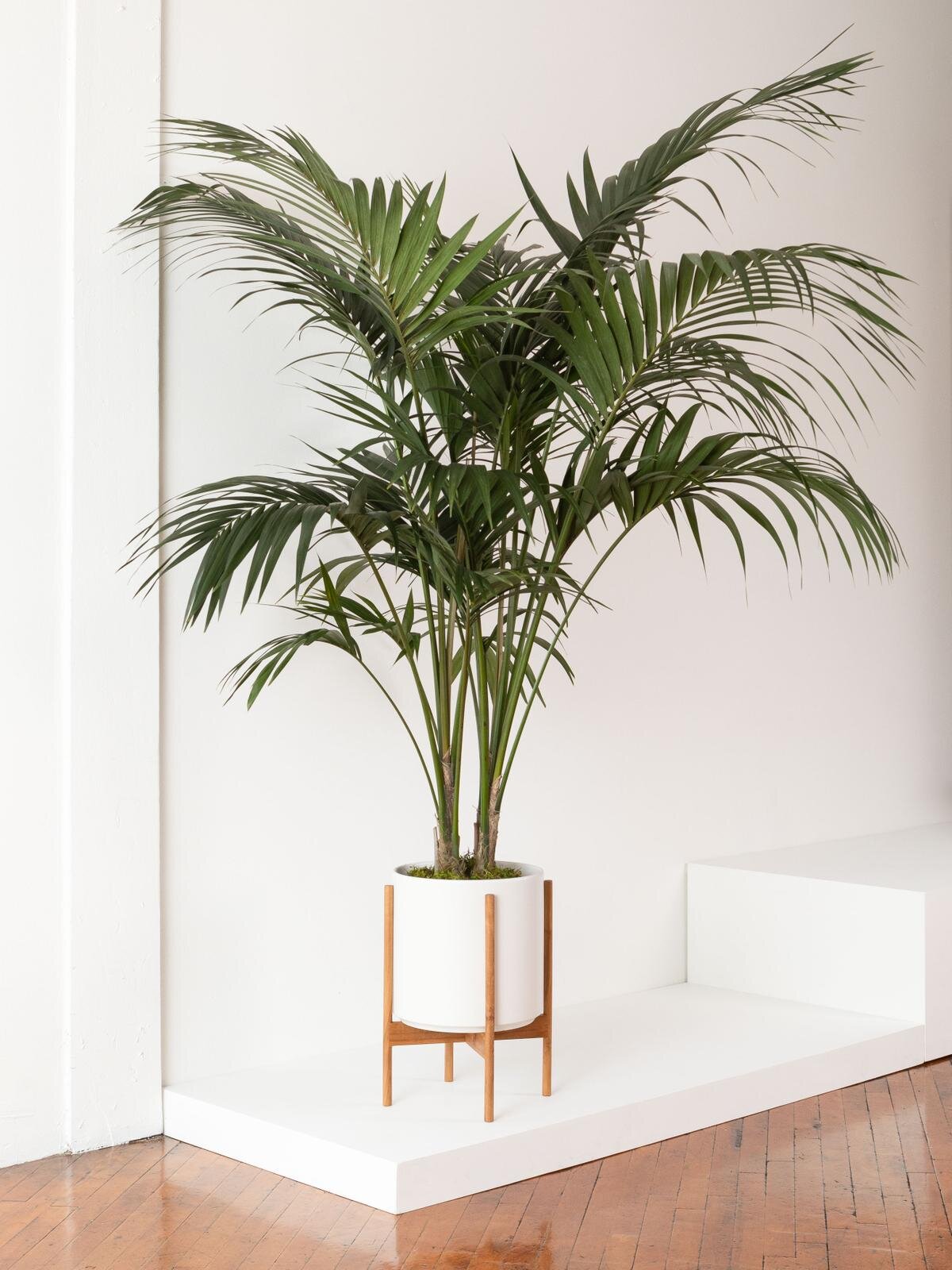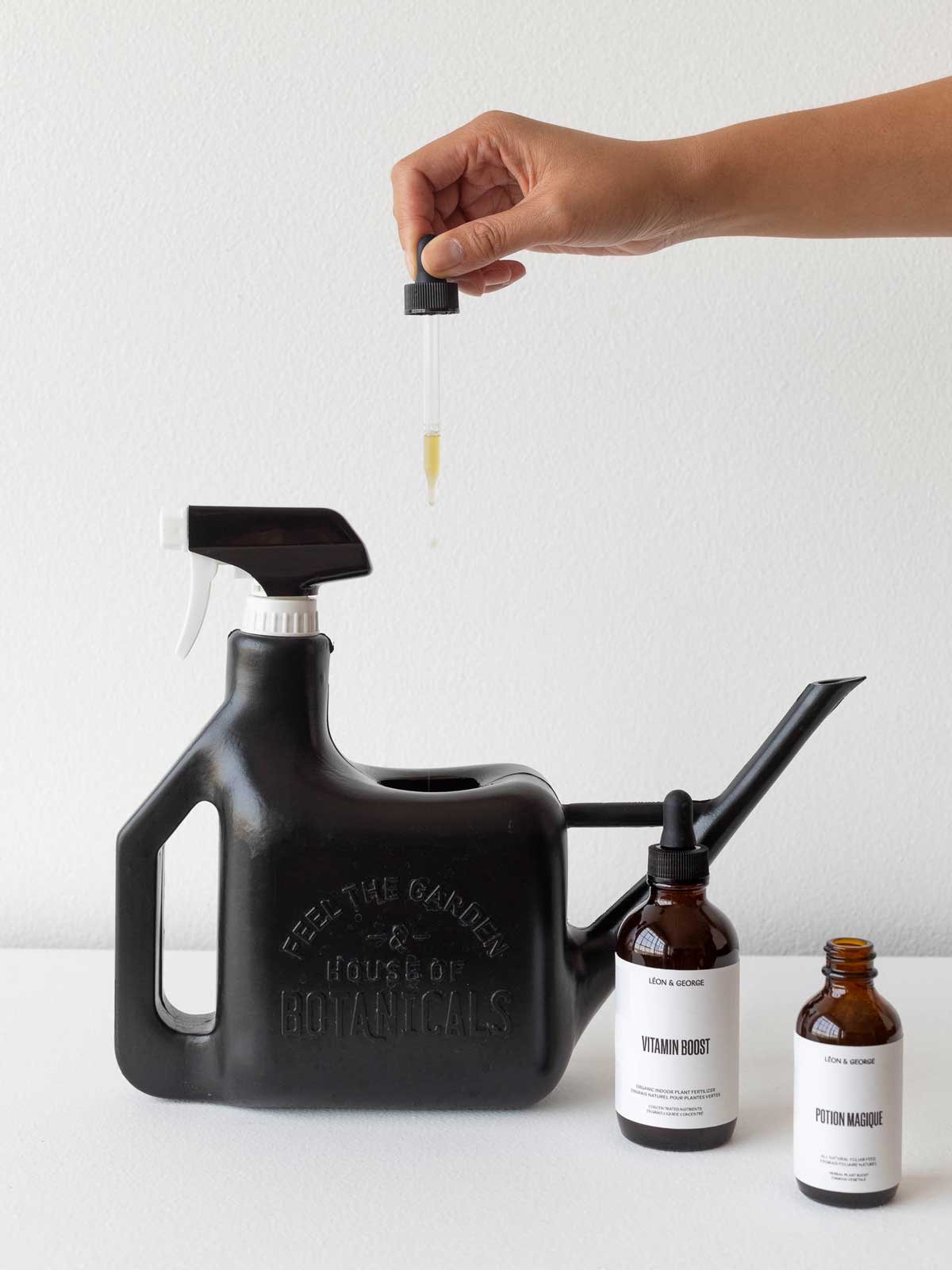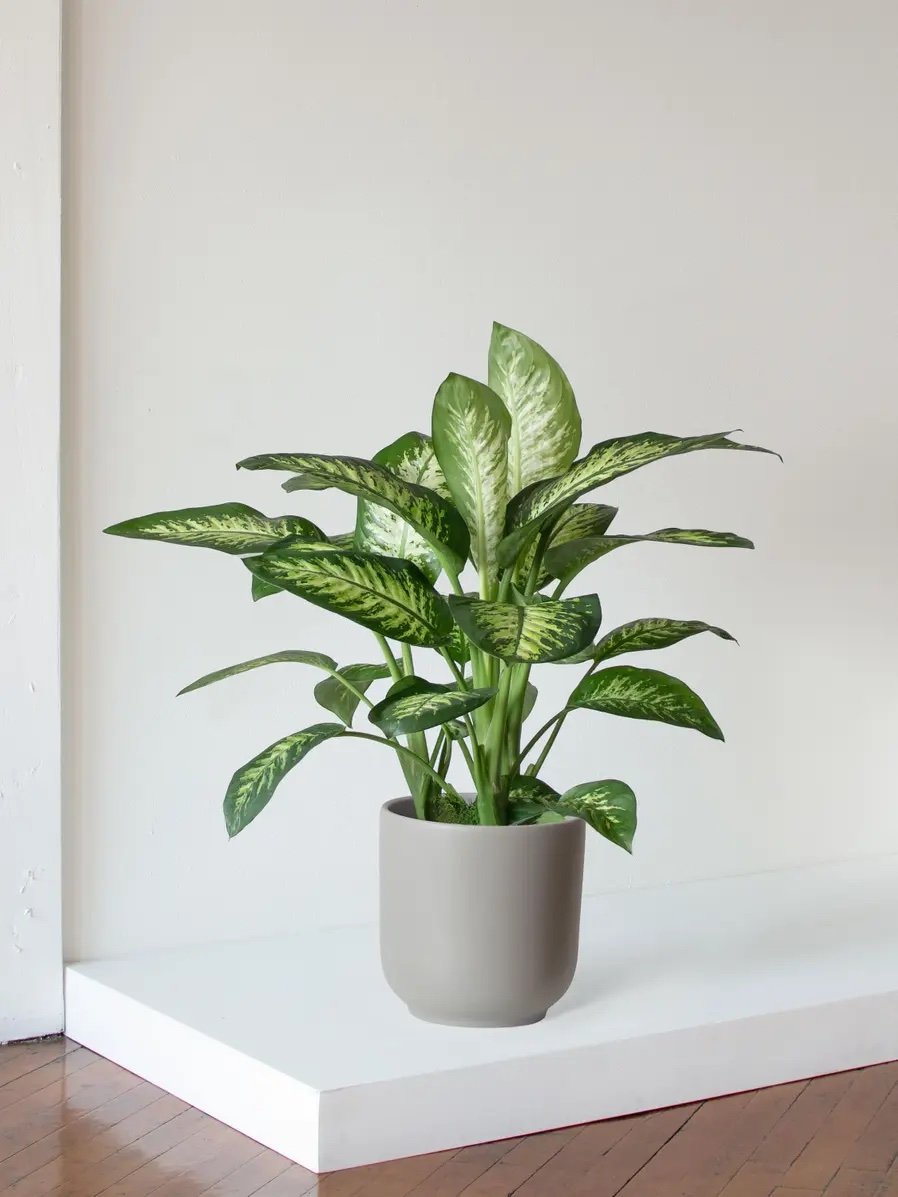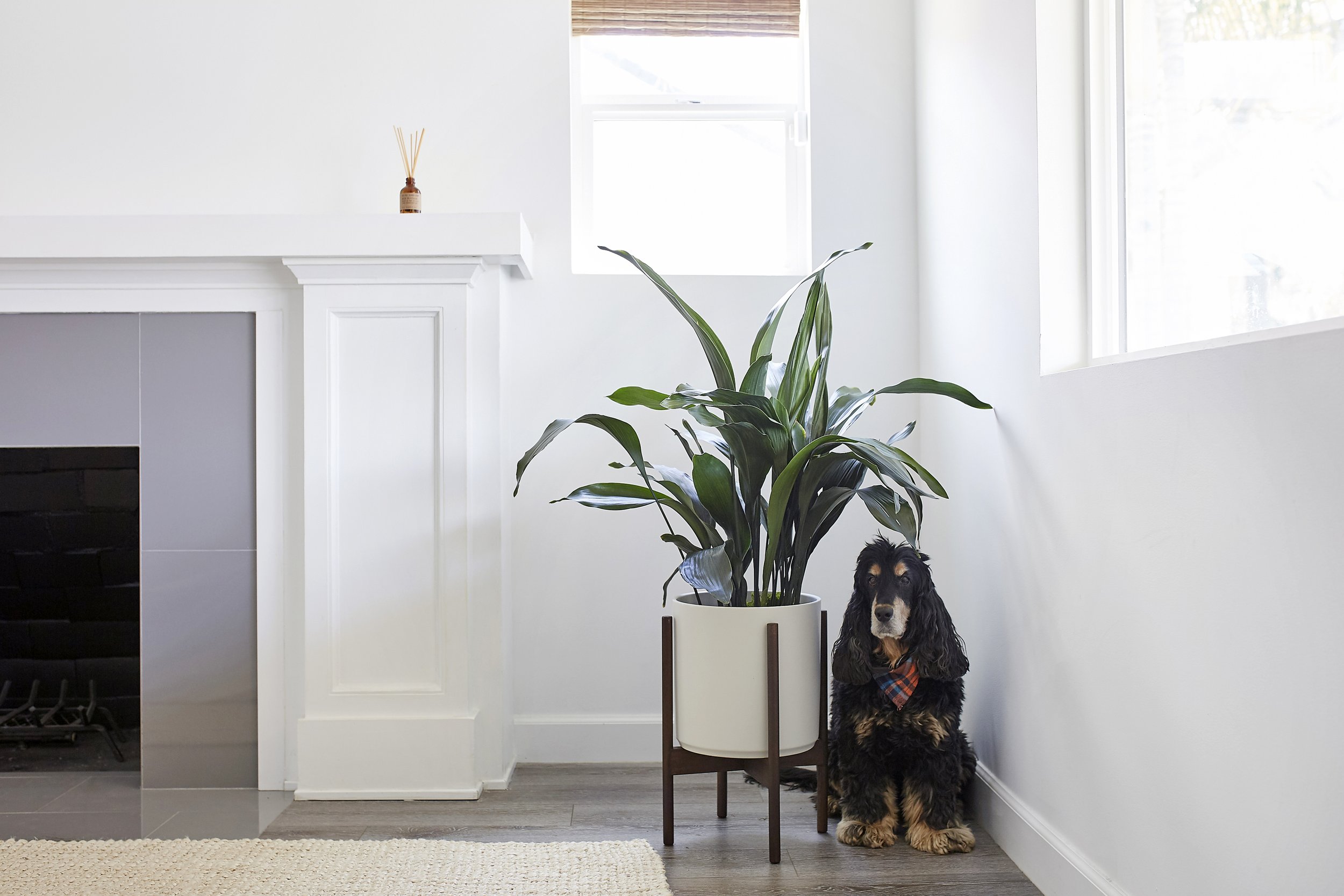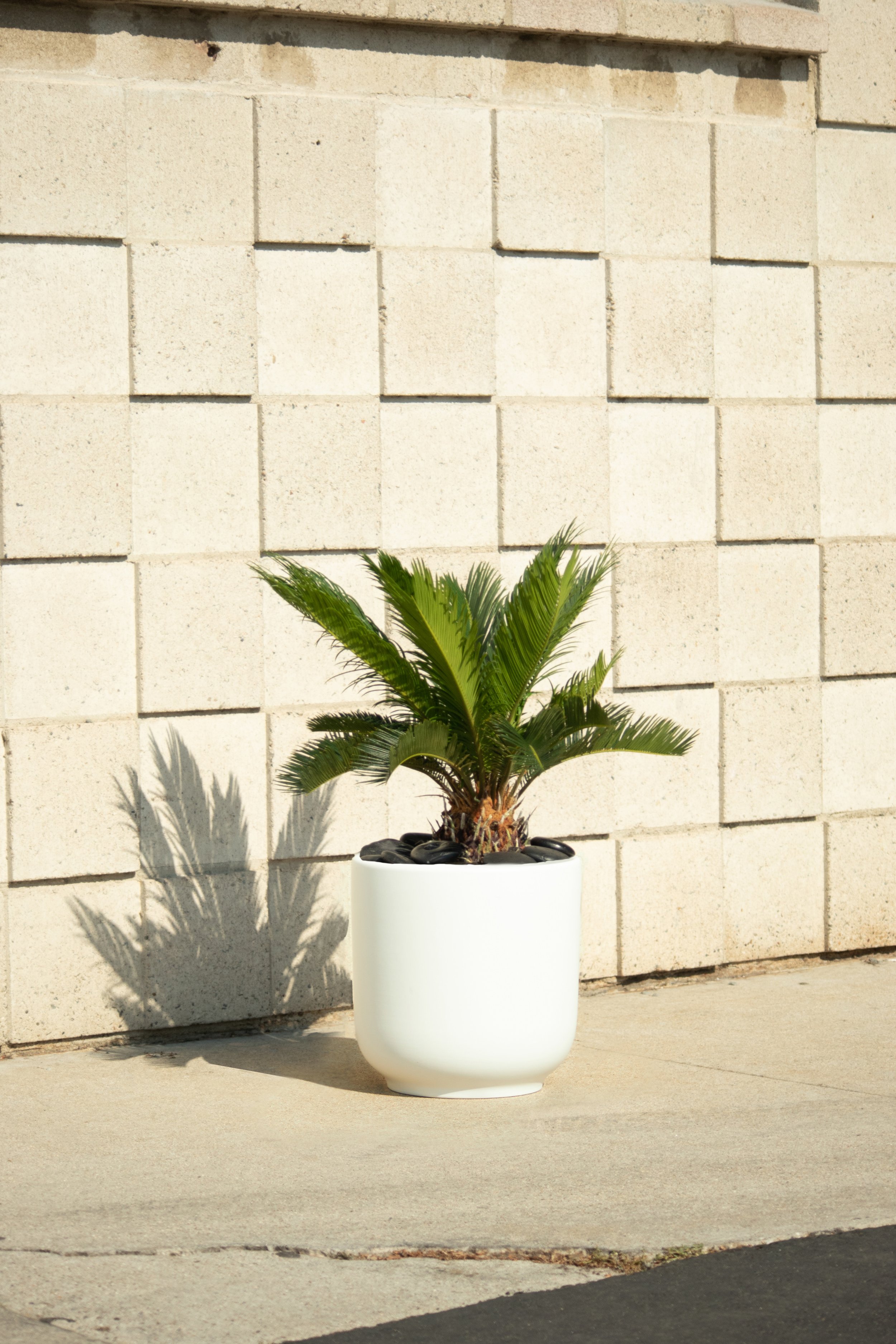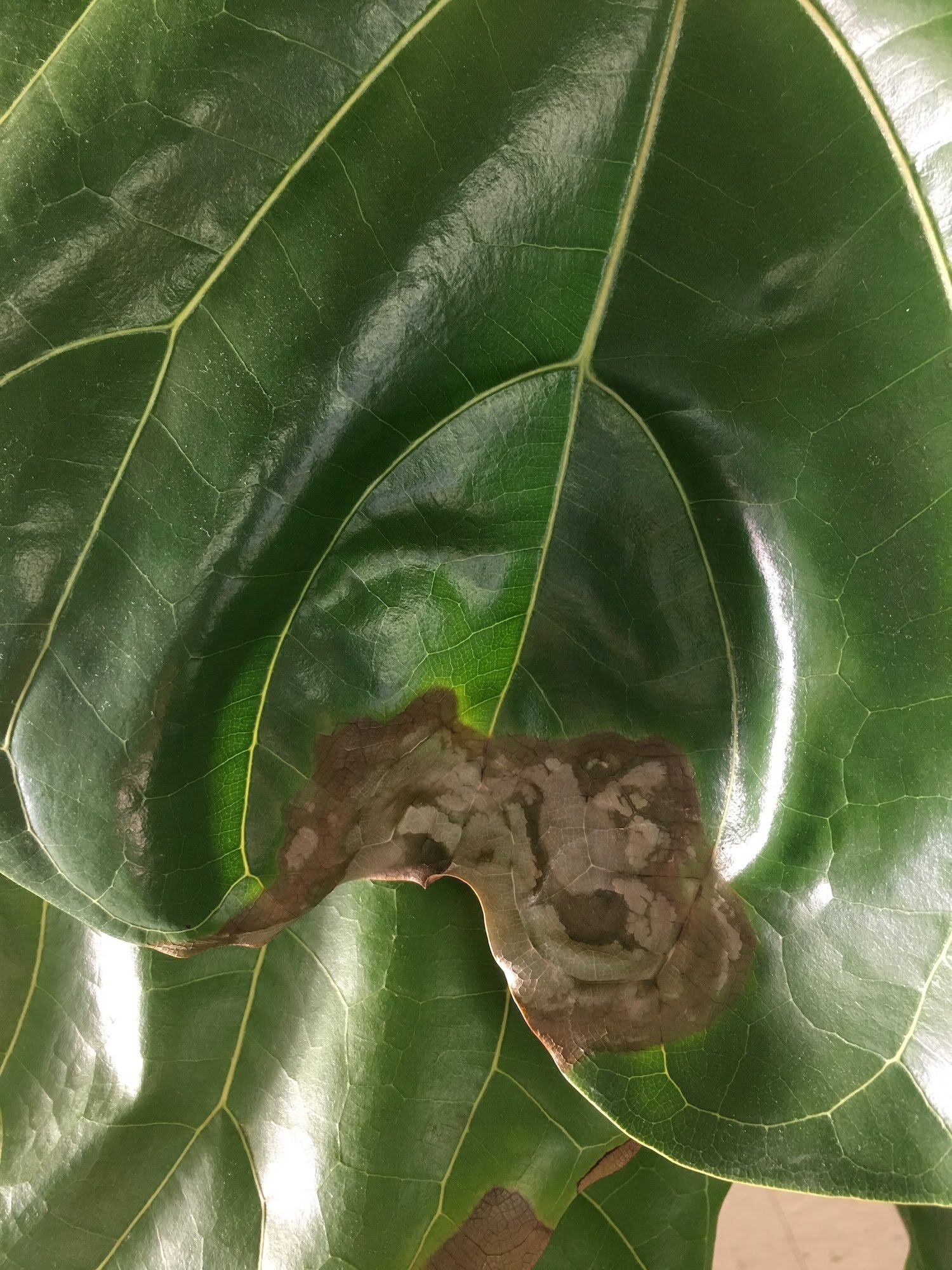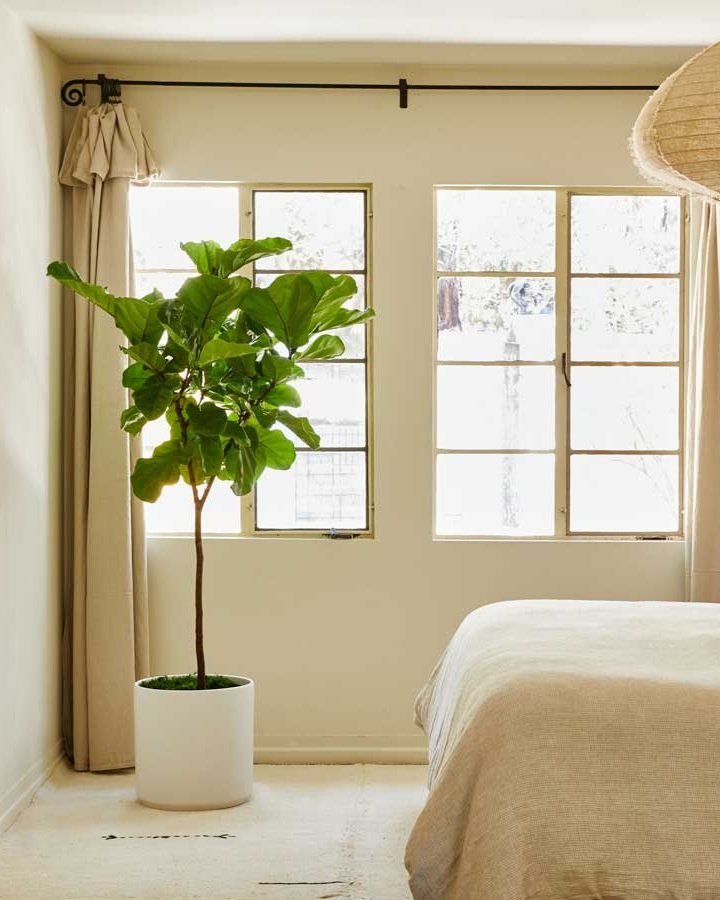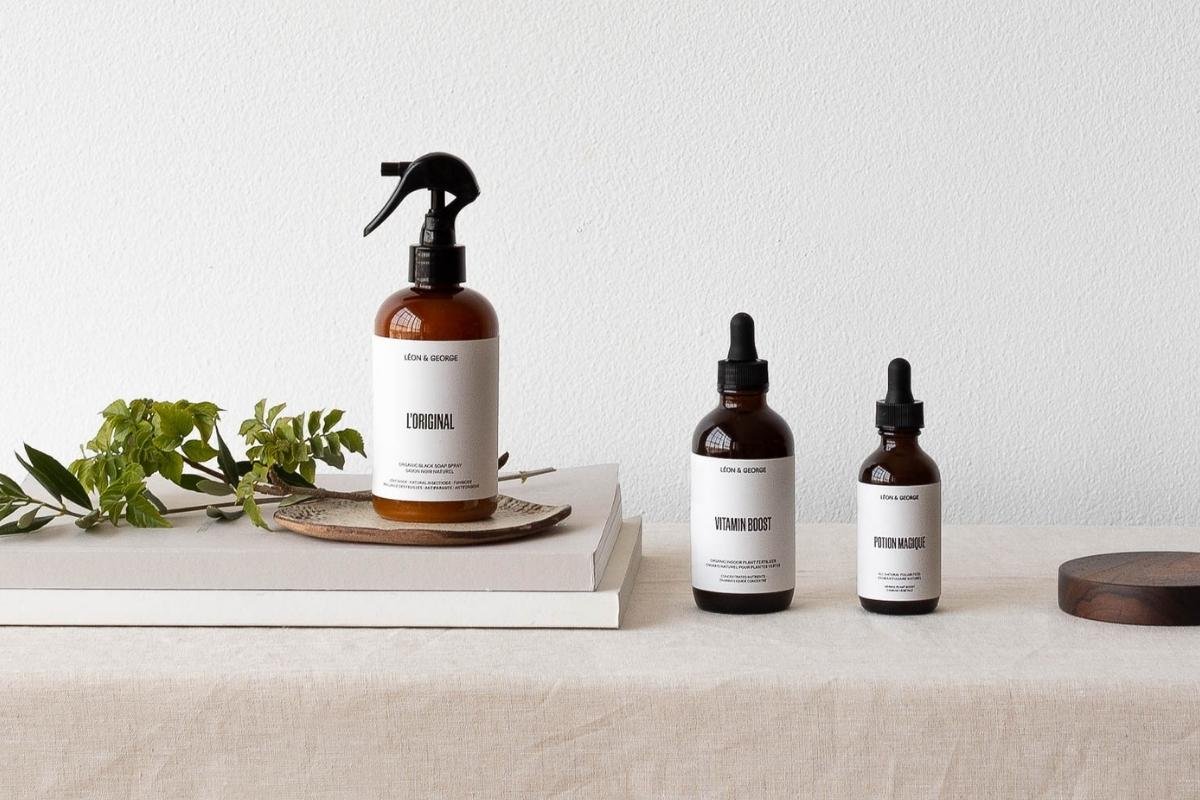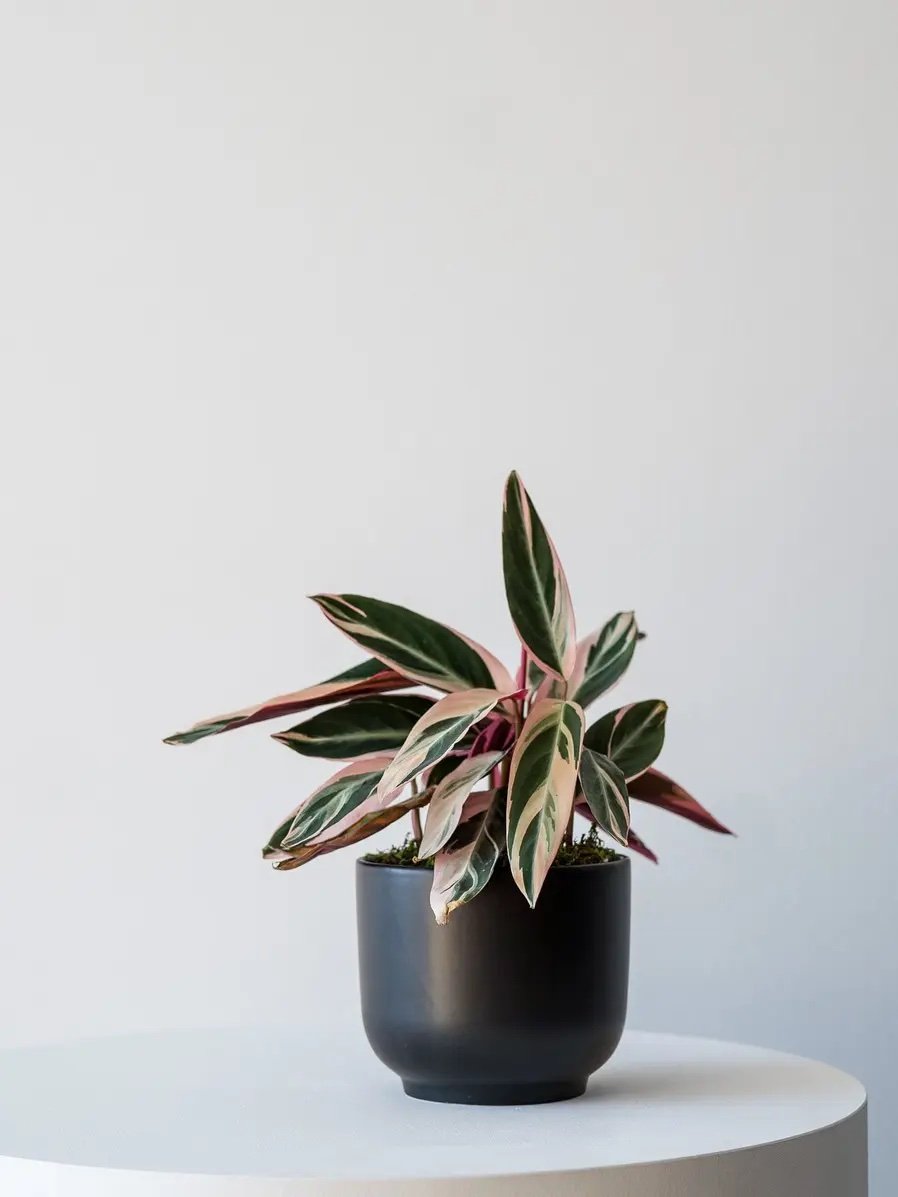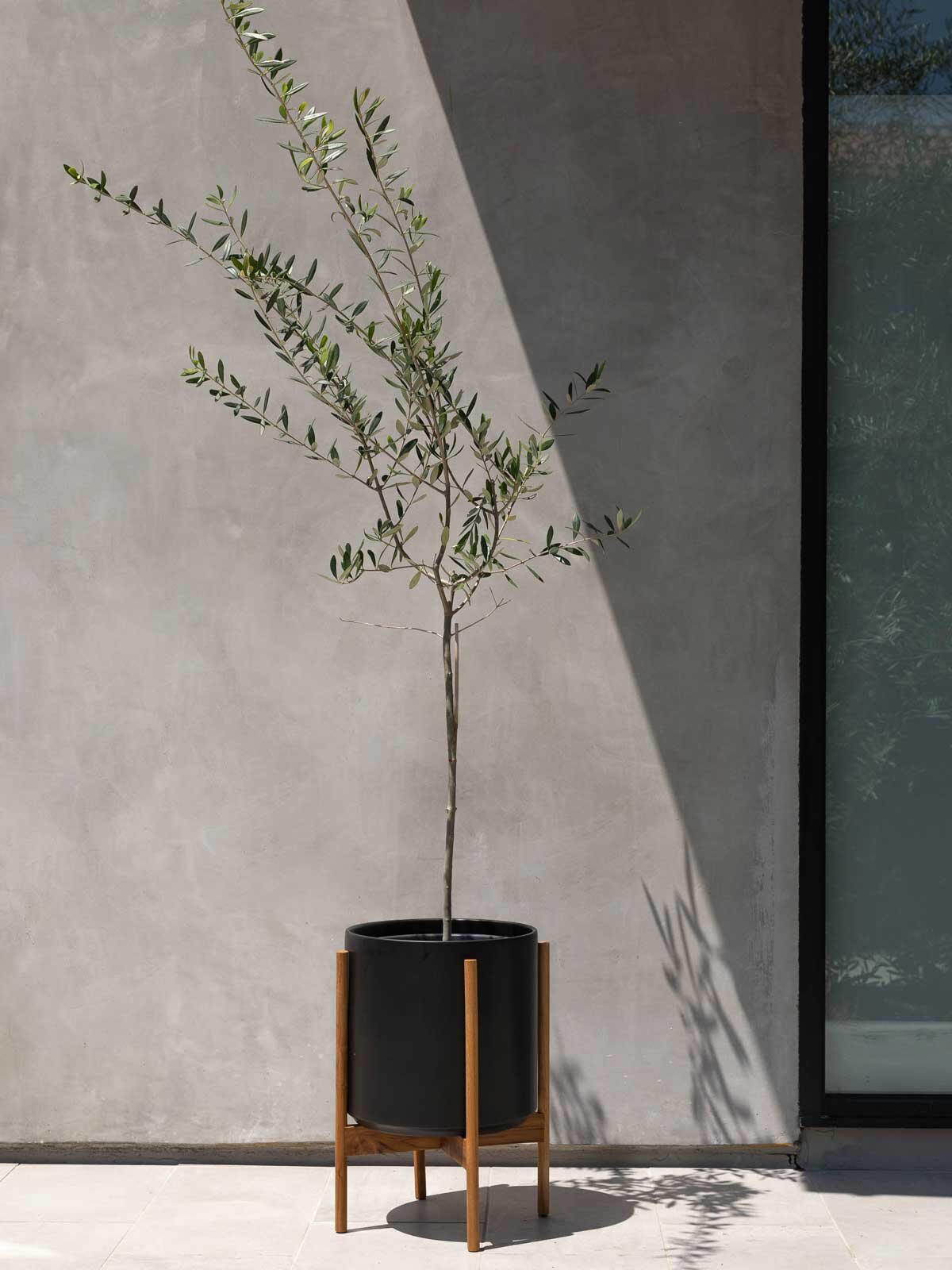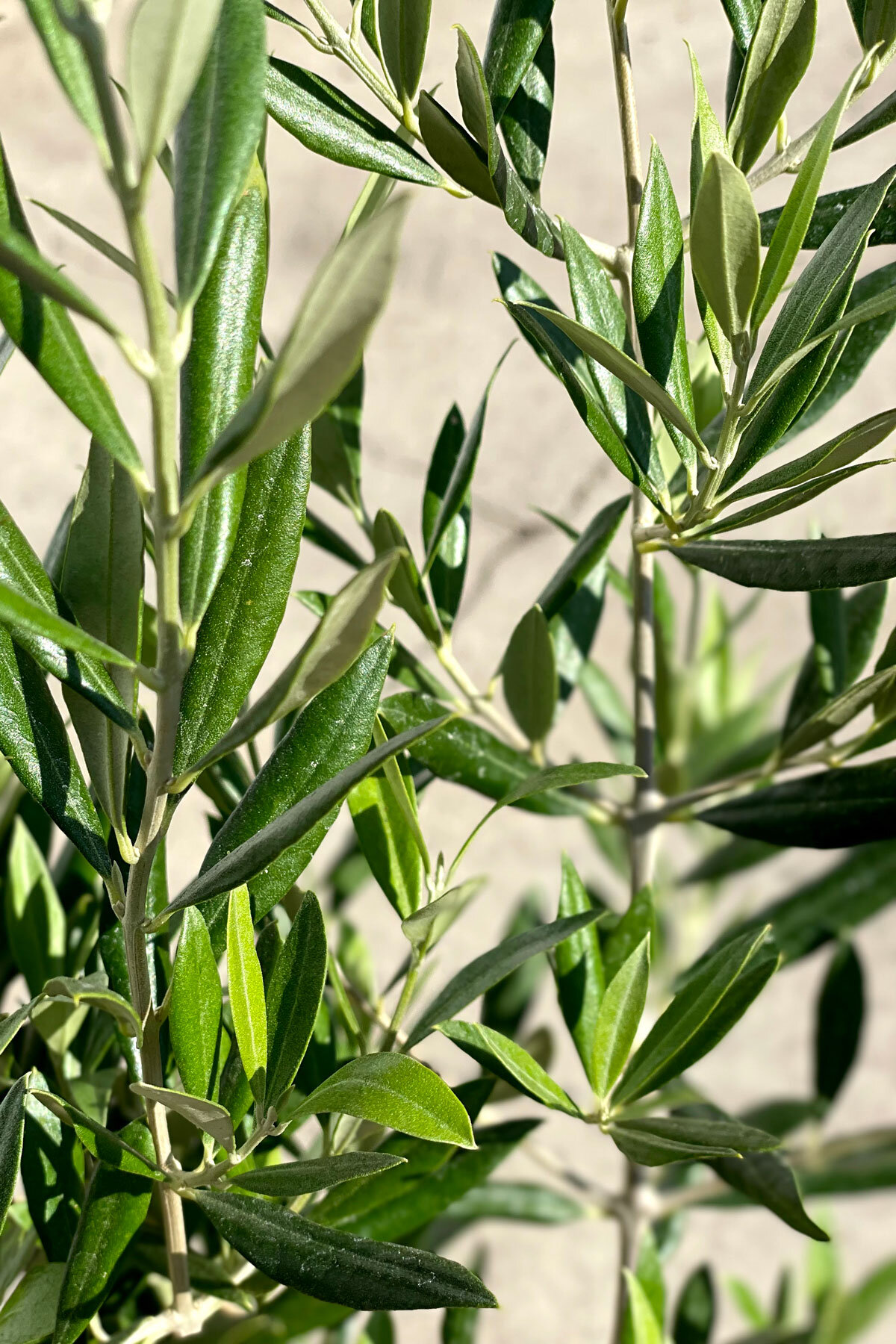Mealybugs look like cottony masses on the leaves or stems of plants.
How to get rid of mealybugs on houseplants
Mealybugs are no joke. They seemingly sprout up overnight, and can spread like wildfire in a matter of days. Wondering what these pests look like? If you see white, snowy patches on the stems or leaves of your plant, you’ve got a case of mealybugs.
What are mealybugs?
Mealybugs are wingless insects found in warm, humid environments. They often appear as white fluffy growth on the leaves, stems and fruit of plants. They feed on plants by sucking out sap and other fluids from the tissue of the plant. Though mealybugs don’t usually cause heavy damage, they can cause leaf yellowing and a generally sad-looking plant if an infestation arises.
What causes mealybugs on indoor plants?
Mealybugs can be caused by so many different things. You might see them on your plants due to one of the following sources:
Taking your plants outside
Bringing in fresh flowers or produce from the garden or grocery store
Using contaminated potting soil when repotting your plants
Bringing in a new plant unknowing that it has mealybugs (the most common!)
As mentioned, they love warm environments, so it’s not uncommon to see them during the warmer months of the year.
Three ways to get rid of mealybugs
Getting rid of mealybugs can be tough, but not impossible. Above all it is tedious and will require some patience. As always with any pest sighting, first quarantine the plant(s) so that you can prevent the mealybugs from spreading to others. Here are simple ways to get rid of mealybugs:
Neem oil or insecticidal spray - Neem oil is a non-toxic, all-natural oil derived from the neem tree. It disrupts the growth and development of pests and has repellant properties as well. L’Alchimie Botanique’s Super Neem Oil is an excellent solution, with a pleasant lemon-eucalyptus scent to boot!
Rubbing alcohol - Soak a cotton ball or q-tip with rubbing alcohol and gently clean all affected areas of your plant. Mealybugs like to hide so make sure to inspect your plant carefully to ensure you have cleaned all the affected areas. Repeat every few days as needed.
Homemade dish soap spray - Soap will suffocate mealybugs. Combine 1 tablespoon of dish soap with a quart of water and spray down your plant. Test the spray on one leaf before applying to the rest, and repeat every few days as needed.
How to prevent mealybugs
One of the best ways to keep mealybugs and other pests off your plants is to keep them clean. That means regularly (once a month or so) cleaning the tops and bottoms of their leaves, and of course acting quick if you see any signs of pests.
We recommend using L’Original Black Olive Oil Soap as an all-natural plant cleaner, pest deterrent and leaf shine. Potion Magique, a natural foliar food, also has essential oils that keep pests at bay.
Another easy way to prevent mealybug problems is to avoid purchasing your plant from big box hardware stores and garden centers. Plants in stores like these are often not cared for properly and overcrowded, which can lead to weaker plants that are susceptible to disease and infestation.
CHECK US OUT ON YOUTUBE!
Watch the full tutorial on getting rid of major pest infestations on your precious houseplants.





